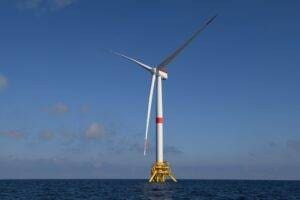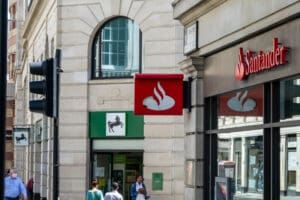By Aubrey Rose A. Inosante, Reporter
THE PHILIPPINES might struggle to bring its debt-to-gross domestic product (GDP) ratio back to the internationally accepted threshold of 60% as global uncertainties and slower growth weigh on fiscal recovery, analysts warned.
“With the downgrade in growth forecasts and the sustained increase in debt levels, we may not be able to see an immediate return of the debt-to-GDP ratio to 60%,” Diwa C. Guinigundo, country analyst at GlobalSource Partners and a former central bank governor, said in a Viber message.
The country’s debt-to-GDP ratio rose to 62% in the first quarter, the highest since 2005 and exceeding the 60% benchmark widely recognized by institutions like the International Monetary Fund.
While the Bureau of the Treasury had cited a more flexible 70% ceiling for emerging economies, the ratio now is above the Marcos administration’s target of 60.4% by yearend and 56.3% by 2028.
In response to a wider fiscal gap, Finance Secretary Ralph G. Recto recently adjusted the borrowing plan to P2.6 trillion from P2.55 trillion.
Still, some experts see potential for improvement if growth accelerates and borrowing is channeled wisely.
“If the economy sustains a growth rate of around 5.5% to 6% annually, and debt accumulation moderates, we could see the ratio ease back toward 60% within the next 18 to 24 months,” Jonathan L. Ravelas, a senior adviser at Reyes Tacandong & Co., told BusinessWorld in a Viber message.
However, first-quarter GDP came in at a weaker-than-expected 5.4%, down from 5.9% a year earlier and below the government’s 5.5% to 6.5% goal this year.
Mr. Ravelas said the optimistic scenario hinges on the assumption that there would be no “major external shocks” and that borrowings are allocated efficiently.
“If investments go into infrastructure, digitalization and human capital development — areas with high multiplier effects — then yes, growth can outpace debt,” he said.
“But if borrowing merely plugs fiscal gaps and subsidies [are provided] without boosting productivity, the ratio may remain elevated or worsen. The key is quality of spending, not just quantity,” he added.
Jose Ma. Clemente S. Salceda, an economist and former congressman, said the debt ratio remains “manageable,” especially since the bulk of obligations are obtained locally, limiting vulnerability to foreign exchange shocks.
“I’m not worried even if we stay at around 60% debt-to-GDP,” the former Committee on Ways and Means chairman of the House of Representatives said via a Viber message. “Global expectations of debt sustainability evolved during COVID.”
National Treasurer Sharon P. Almanza earlier said 80% of borrowings this year would be raised locally, while 20% will be sourced externally — a strategy meant to buffer the impact of a larger deficit ceiling.
As of end-May, the country’s outstanding debt stood at P16.92 trillion, with 69.6% obtained domestically.
Still, Mr. Salceda flagged concerns over future shocks and fiscal space.
“The real question is whether our economy and tax base are growing fast enough to support another shock,” he said, noting that from 2004 to 2019, the country reduced its debt-to-GDP to 39.6% from 71.6% by expanding the economy and improving tax revenue.
He warned that the proposed 2026 national budget of P6.793 trillion — only 7.4% higher than this year — would be “contractionary in real terms” when nominal GDP is expected to grow by about 8%.
“The government’s role in driving growth will be more limited, so spending must be efficient and well-targeted,” Mr. Salceda said, adding that sectors like infrastructure, food systems, education and digital services are key to widening the tax base and supporting long-term revenue resilience.
Michael L. Ricafort, chief economist at Rizal Commercial Banking Corp., said the Eurozone’s Stability and Growth Pact sets a standard of 60% debt-to-GDP and a 3% deficit ceiling.
Rather than focusing solely on targets, Mr. Ricafort said improving recurring tax collections is crucial, particularly by maximizing existing laws and clamping down on tax evasion.
“In a worst-case scenario and as a final option, new taxes and higher tax rates, among other tax reform measures, [may be needed] to structurally increase the recurring sources of National Government tax revenue collections,” he added.
Despite the concerns, multilateral organizations remain cautiously optimistic.
In its Philippine Economic Update on July 7, the World Bank projected that the country’s debt-to-GDP ratio would fall to 60.2% by 2025 and 59.7% in 2026. The trend is expected to continue, dropping to 59.4% in 2027 and 59.1% by 2028, by the end of the Marcos administration.
“The projected decline in interest rates should also lower the cost of debt financing,” the World Bank said, citing planned fiscal consolidation and recovering growth.
















